If you owned a GPU in the past decade, you would be familiar with the termAMD Crossfire.
That was a proprietary technology if you wanted to add two or more GPUs to your setup.
This is not something that we see nowadays, though.
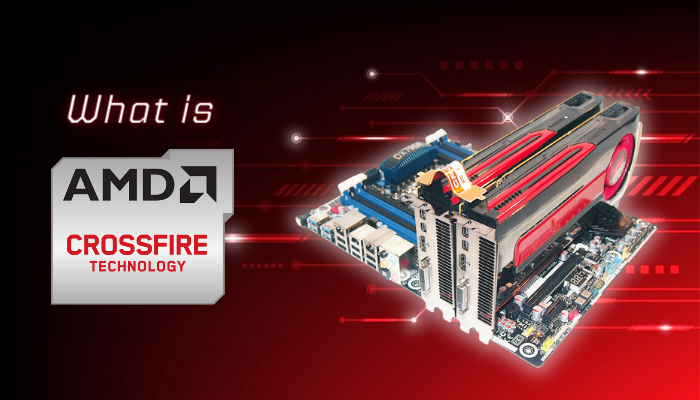
So, how does crossfire holds up now?
Or have people forgotten it as a long-lost relic?
What is AMD Crossfire?
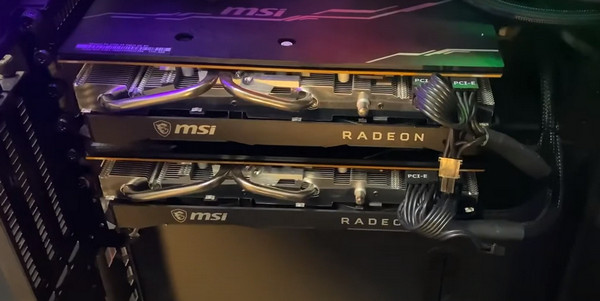
Back in the day, it was popular for gamers to drive two GPUs on their setup.
This meant you could double your performance in supported games.AMD Crossfirewas the multi-GPU technology that enabled this to happen.
But why would you do that?
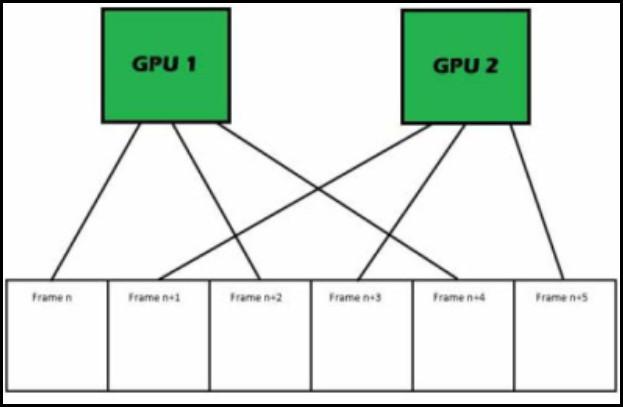
Even considering the price of two individual cards, they would still cost less than a single flagship GPU.
NVIDIA also had a similar tech calledSLI (Scalable Link Interface).
The only difference between that and AMDs solution was which GPUs you could pair together.
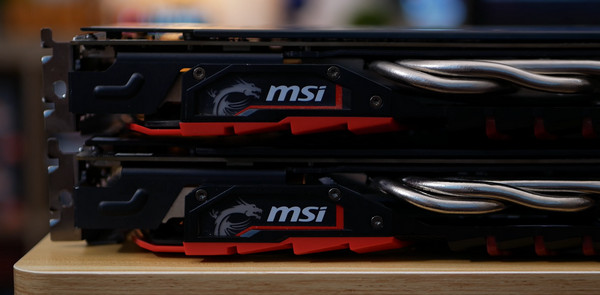
For NVIDIA, you needed the same GPU for SLI.
AMD allowed different GPUs to crossfire, provided they are from the same generation.
Both SLI and Crossfire used to require a bridge that connected the GPUs physically.
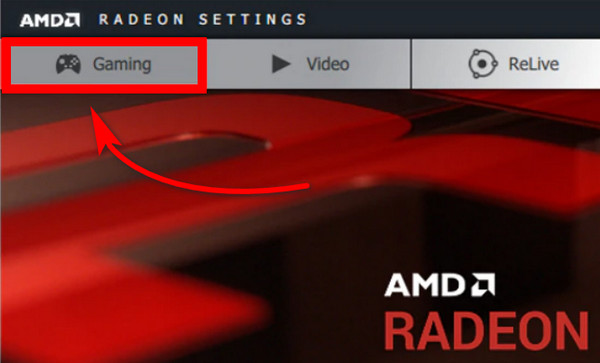
But how does one make two GPUs render the same frame?
The sorcery lies in the algorithm that is used.
The next section explains that.
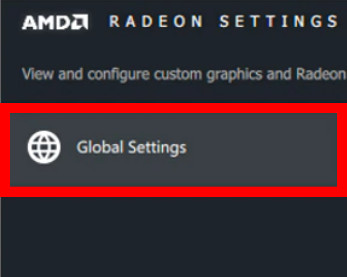
You should read the post aboutwhich Intel and AMD CPUs support PCIe 4.0?
How does AMD Crossfire Work?
Since we have two GPUs to render several frames, we need to distribute the load between them.
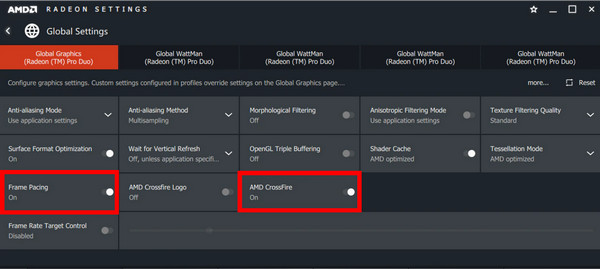
This is done by one of the two graphics cards.
One GPU is assigned as the master and the other as a slave.
The master is responsible for managing the workload between them.
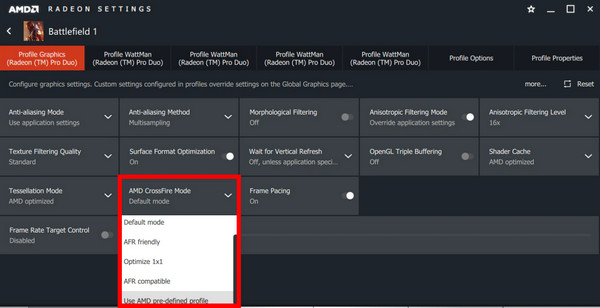
There are two ways to distribute this task.
First isAFRorAlternate Frame Rendering.
One frame from the buffer is rendered by one GPU, while the other handles the next frame.
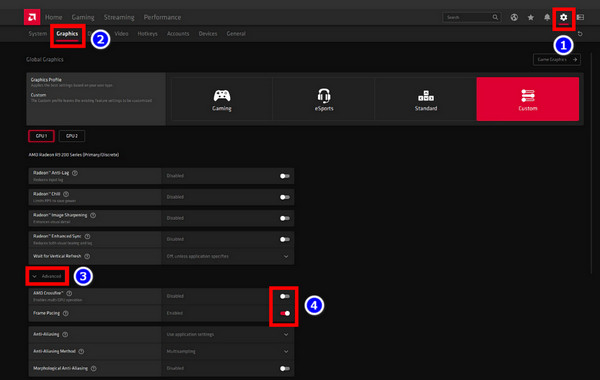
The main GPU ensures that there is synchronization, so that screen tearing is not present.
But since the frames are rendered on different GPUs, you could experience micro-stuttering using this technique.
Another way to do this isSFRorSplit Frame Rendering.
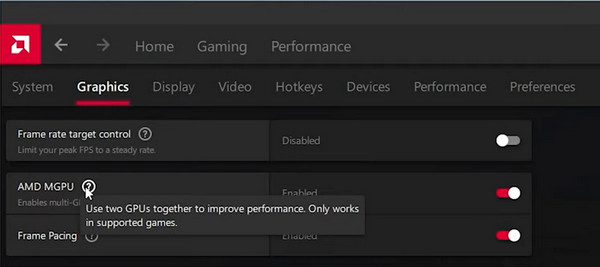
Instead of assigning different frames, the GPUs are allocated a portion of a single frame.
When the complete image is made, the frames are sent to the master GPU.
It then constructs the frames, and that displays on your screen.
Since you have two different GPUs to render the images, more frames are generated simultaneously.
The result is increased FPS in games.
Which AMD Cards Support Crossfire?
Since 2017, AMD has dropped the term crossfire from its marketing materials.
The last GPU to support crossfire was the Polaris-based RX 500 series.
So any GPU released before that should support Crossfire.
That includes the Radeon R5, R7, 200, and 300 series.
The same goes for Radeon 8000, 7000, and previously released graphics cards.
It does not have to be the exact model.
Also read,can I replace my AMD processor with an Intel?
Go to the AMD website and download the current driver and install it.
Alternatively, you might update the latest drivers from the Radeon softwares interface.
If you are using a newer version of AMD software, the next steps will come in handy.
To test if a game is properly utilizing both GPUs, use MSI Afterburner to check the GPU usage.
Run games that are known to implement the crossfire API.
It is called Direct X 12 Multi GPU.
Using this, you’re able to theoretically use two GPUs.
were a few notable games released in the last few years that made good use of crossfire.
Games released in the last two years hardly support multiple GPUs.
And you will get the same frame rate as you would with a single card installed.
This change, however, did not arrive suddenly.
With time, single GPUs have become extremely powerful.
Improvements in the architecture and competition between NVIDIA and AMD meant we now have very powerful GPUs.
Just take RTX 4090 as an example.
Now you’re free to run games at 4K without losing image quality using one GPU.
And you do not even need the upper echelon from AMD or NVIDIA.
AnRTX 3070orRX 6700XTcan give you more than playable frame rates.
Also, add in the cost of silicon in GPU manufacturing.
Consumers are more willing to buy single cards now.
This has a domino effect on the support for Crossfire in the games.
You may also like to read aboutis AMD Athlon good for gaming?
Frequently Asked Questions
What does AMD Crossfire do?
AMD Crossfire enables two GPUs to be used when running a game.
Is AMD Crossfire still a thing?
AMD Crossfire is no longer actively supported by AMD.
Instead, the Direct-X 12 MGPU replaces this and is utilized in titles that support them.
What are the requirements for AMD Crossfire?
To use AMD Crossfire, you must use two AMD GPUs that are from the same generation.
For the best performance, it’s advisable to use the same graphics cards.
Concluding Words
So thats AMD Crossfire for you.
NVIDIA announced NVLINK as a successor to their SLI technology for professional workloads such as rendering.
So far, we have not seen any announcement from AMD about their updated version yet.
That means Crossfire and dual GPUs are long gone from the consumer space.
And if the current GPUs are an indication, they are unlikely to return in the future.
And that concludes this article.
I hope you had a great time reading it.